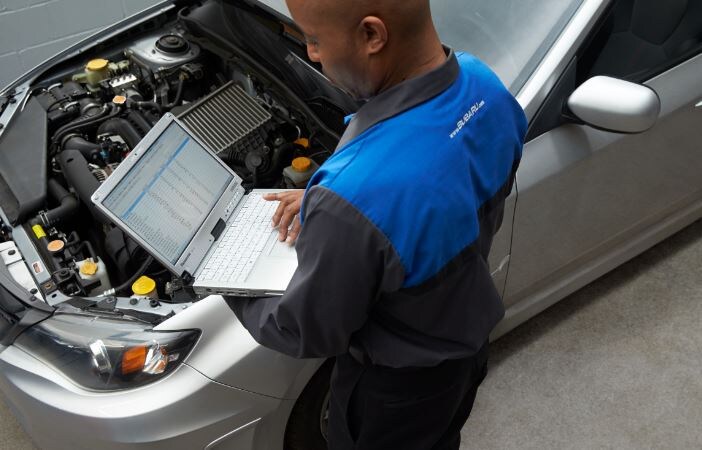
When and Why you Should Replace your Car's Timing Belt
When you purchase a new or used car, you need to take it to a certified mechanic to maintain it and do things like get regular oil changes, fluid flushes and new tires. This ensures that everything is working properly, and it also gives the mechanic time to look over your vehicle to make sure any of your car's moving parts aren't going bad, or need to be replaced.
If your timing belt fails, for example, your engine will immediately stall because it will no longer be able to turn synchronously, and you'll likely be stranded. If the engine doesn't have valve reliefs built into its piston, a faulty timing belt could le4ad to internal engine damage and costly repairs down the road.
Make an Inquiry
* Indicates a required field
How Will I Know the Timing Belt Needs to be Replaced?
One way to tell whether your timing belt is going out is if the check engine light comes on and the engine sounds different when you start your car. If you hear metallic, rattling noises, don't drive your car, and take it to a certified Subaru mechanic as soon as possible.
As a rule of thumb, timing belts need to be replaced every 60,000 miles and 105,000 miles. If one of our Delaware Subaru mechanics notices early warning signs of timing belt damage, they will let you know and see if you'd like it replaced. It's always good to get these issues fixed early so you don't have to stress about it later on.
What is a Timing Belt?
The timing belt is what connects the engine camshaft and engine crankshaft, and makes sure they maintain proper timing, so they turn in unison. The timing belt is fitted on the engine, behind the timing cover.



